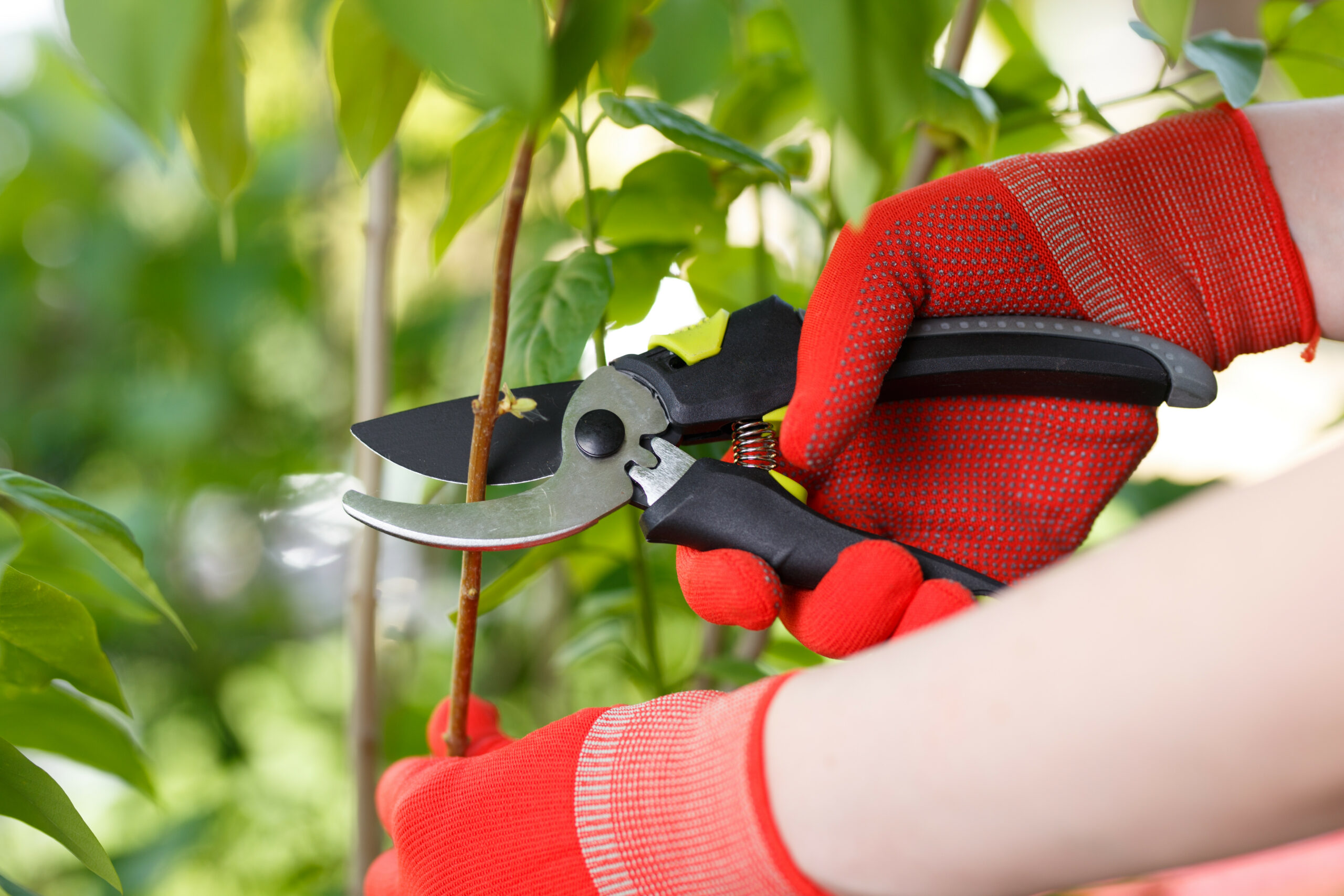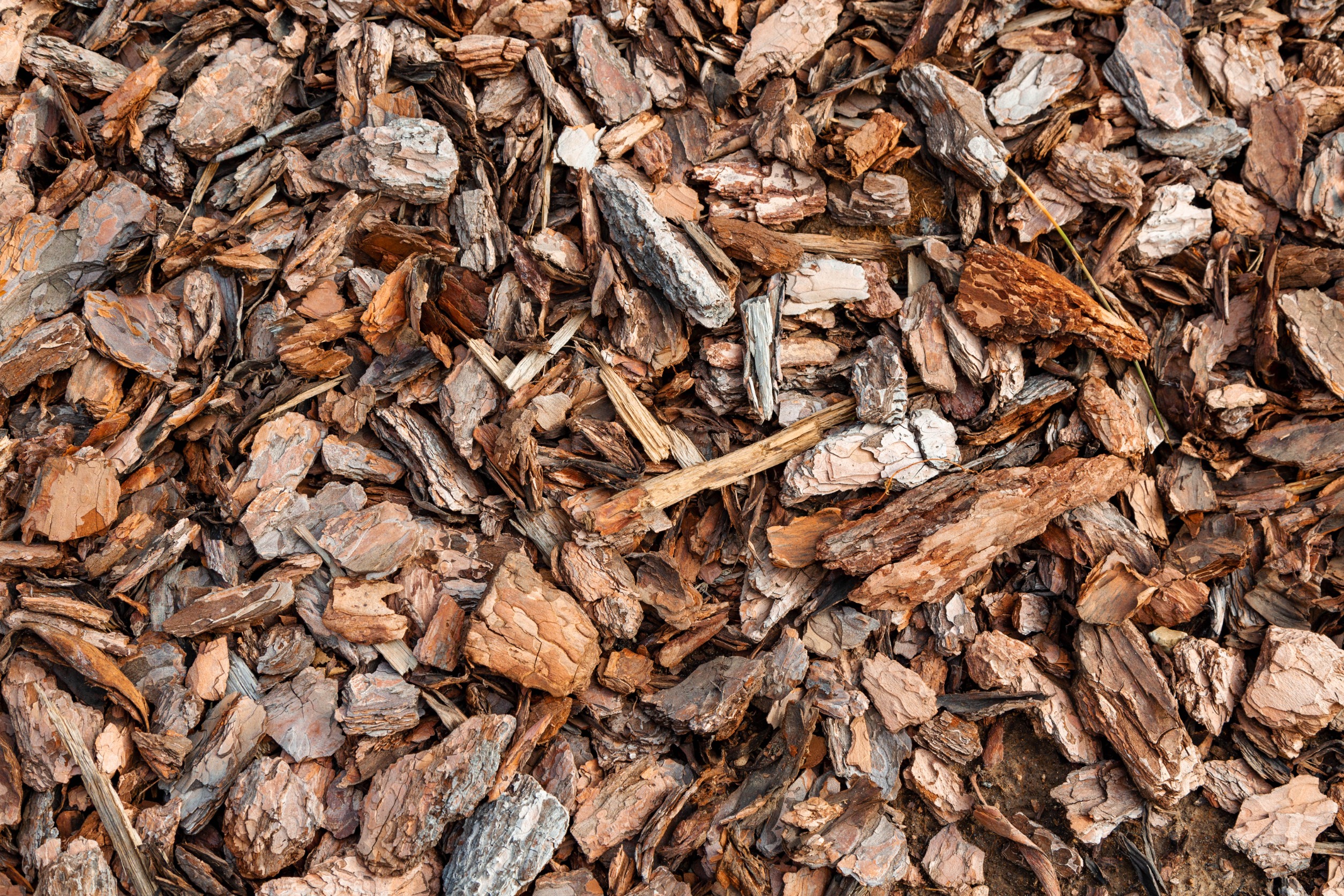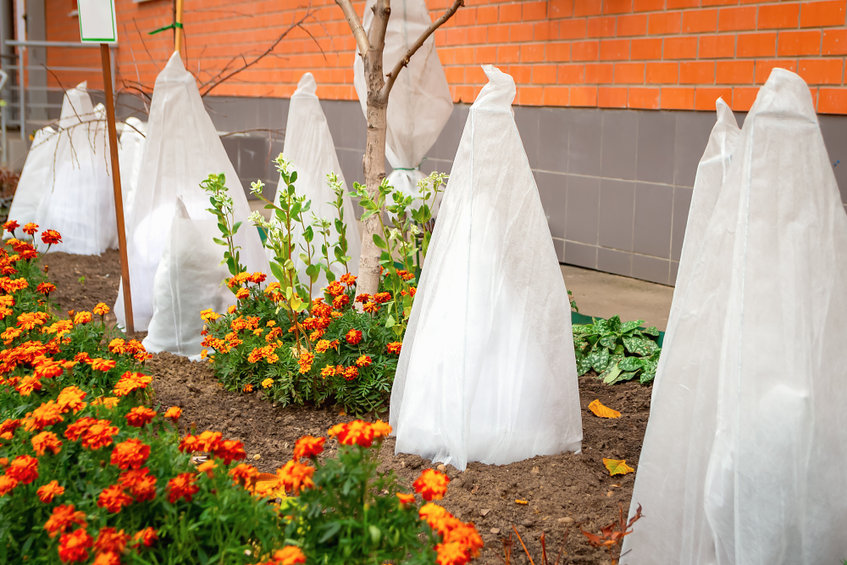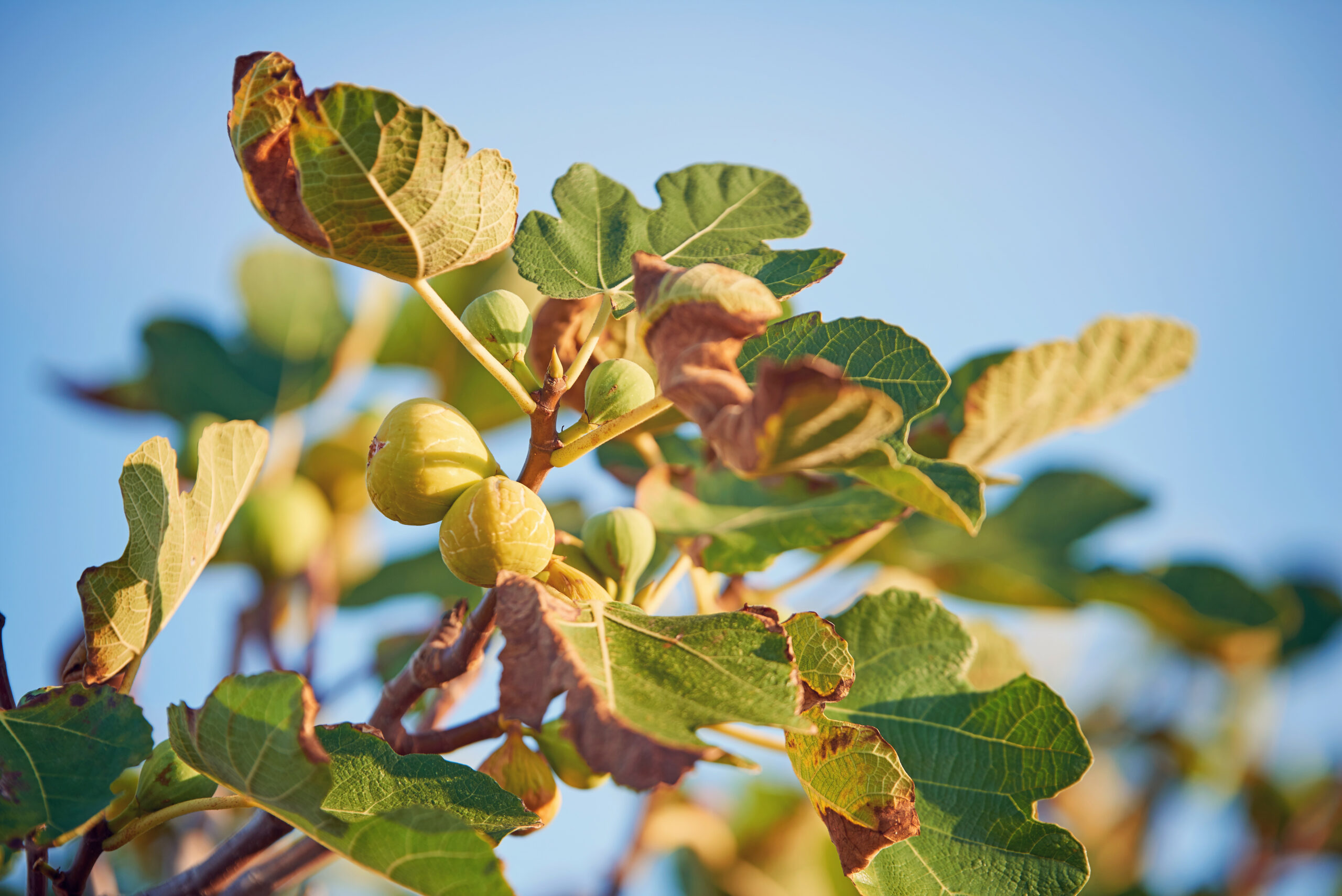As winter settles in, it’s essential to give our beloved fig trees the care they need to thrive when spring arrives. While fig trees are hardy, they still require some attention during the colder months to protect them from frost and ensure their long-term health.
In this blog post, we will provide you with some valuable tips on how to care for your fig trees during winter, so that they can continue to flourish year after year.
Pruning
Winter is an ideal time to prune your fig trees as they are dormant during this period. Start your pruning sessions by removing any dead or diseased branches.
This will not only improve the overall appearance of the tree but also prevent the spread of diseases. Additionally, pruning promotes air circulation and stimulates new growth in the spring. Remember to use clean, sharp tools and make clean cuts just above the branch collar.
Let us help you with tree and shrub trimming. We get the job done right, every time.

Mulching
Always, always, always mulch around to your fig tree before a freeze. Applying a layer of mulch around the base of your fig tree is crucial for retaining moisture and protecting the roots during winter.
Mulch acts as insulation, keeping the soil temperature more stable and preventing frost from penetrating the roots. Apply a layer of 2-3 inches of organic mulch such as wood chips or straw, making sure to keep it a few inches away from the trunk to prevent rot. Mulching will also help in suppressing weed growth and enhancing the overall appearance of your garden.

Watering
While your fig tree won’t require as much water during the winter, it’s important to monitor the soil moisture levels regularly. If the ground is dry and there hasn’t been any rainfall for an extended period, give your fig tree a deep watering.
However, be cautious not to overwater, as soggy soil can lead to root rot. Remember, moderation is key when it comes to watering your fig trees in winter.
Frost Protection
Protecting your fig tree from freezing temperatures and frost damage is crucial. Use blankets or frost covers to create a temporary shelter for your tree during exceptionally cold nights. Wrapping the tree trunk with burlap or tree wraps also provides additional protection against frost cracks.
Fill the inside of the wrap lightly with some type of mulch like straw or old leaves. Doing so will further protect your tree from wind and cold temperatures. Remove coverings during the day, otherwise trees will trap sunlight in and possibly come out of dormancy.

Pest Control
Pests typically become dormant during the winter months, but it’s still important to keep an eye out for any signs of infestations. Inspect your fig tree regularly for common pests such as aphids, scale insects, or mites.
If you notice any signs of an infestation, treat it promptly with organic insecticidal soap or horticultural oil, following the manufacturer’s instructions. Regularly cleaning fallen leaves and debris around the tree helps reduce pest populations as well.
For severely damaged trees, we offer a tree removal service. Contact us today for more details.
Young Fig Trees
Exposing young potted fig trees to light frosts can be a beneficial technique to encourage dormancy, strengthen their resilience, and promote healthier growth in the long run. By gradually exposing these trees to cooler temperatures, they are triggered to enter a state of dormancy, mimicking their natural growing cycle.
This dormancy period allows the fig tree to conserve energy, build up nutrient reserves, and prepare for the upcoming winter. Light frosts can also help reduce the risk of late-season growth that could be vulnerable to subsequent harsher frosts.
However, it is important to exercise caution and closely monitor the duration and intensity of the frosts. While light frosts can be advantageous, prolonged exposure to more severe freezes can cause damage to the tree.
Striking the right balance between exposing fig trees to light frosts and protecting them from potential harm ultimately leads to healthier and more resilient trees come springtime.
Plant Young Figs in Fall or Spring
Young fig trees are best planted in the ground during the fall or in the early spring, as these seasons provide optimal conditions for root establishment and growth. If you currently have a fig tree in a pot, leave it until after the last freeze.
Planting in the fall allows the tree to take advantage of milder temperatures and moist soil, giving it time to settle in and establish root systems before the onset of winter.
Spring planting, on the other hand, provides a fresh start for the tree. The tree will take advantage of the warmer temperatures and increased moisture of the season. Regardless of the timing, it is important to choose a suitable location with well-drained soil and full sun exposure.
Proper planting techniques, such as digging a wide and deep hole, amending the soil with organic matter, and ensuring appropriate spacing, will provide the young fig tree with the best start for healthy growth. Learn more about planting fruit trees.
Planning for Spring
Finally, use the winter months to plan for the upcoming spring season. Assess your fig tree’s overall health and growth patterns and make note of any adjustments or improvements you’d like to implement in the spring.
Research new cultivation techniques, varieties, or companion plants that can enhance the health and productivity of your fig tree. Get your landscape beds ready for spring with our seasonal planting service.
Fun Facts about Fig Trees
Fig trees have captivated and intrigued humans for centuries, and it’s no wonder why. These fruit-bearing trees not only provide delicious and nutritious figs but also boast some fascinating and fun facts.
Did you know that fig trees have a unique symbiotic relationship with a tiny wasp called a fig wasp? These wasps help pollinate the flowers inside the fig, allowing it to develop into the fruit we enjoy.
Another interesting fact is that fig trees have a long history of significance in various cultures and religions. They are mentioned in religious texts such as the Bible and were revered by ancient civilizations like the Egyptians and Greeks.
Fig trees are also known for their adaptability, with some varieties being able to grow in challenging environments such as rocky soil or hot and dry climates. This is why many North Texas gardeners decide to go ahead and plant figs. So the next time you enjoy a juicy fig, remember these fun facts and marvel at the wonders of nature’s intricate and delicious creations.

Wrapping Up
By following these winter care tips, you ensure your fig trees remain healthy and resilient come spring. Don’t forget to enjoy the beauty of your fig trees during the winter months.
Their elegant branches and dormant beauty will still bring joy to your landscape. Stay attentive, and with proper care, your fig trees will reward you with bountiful harvests.


